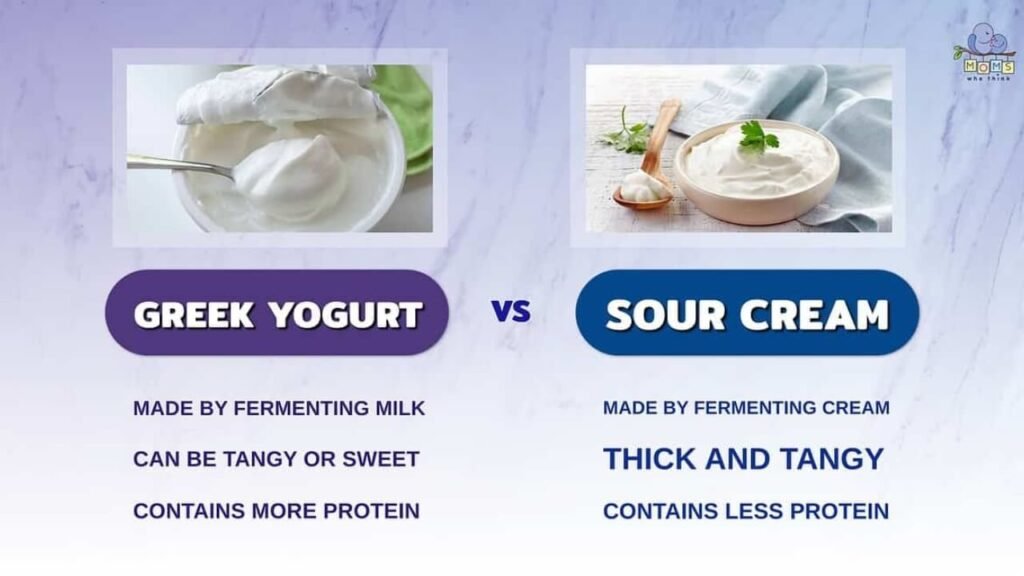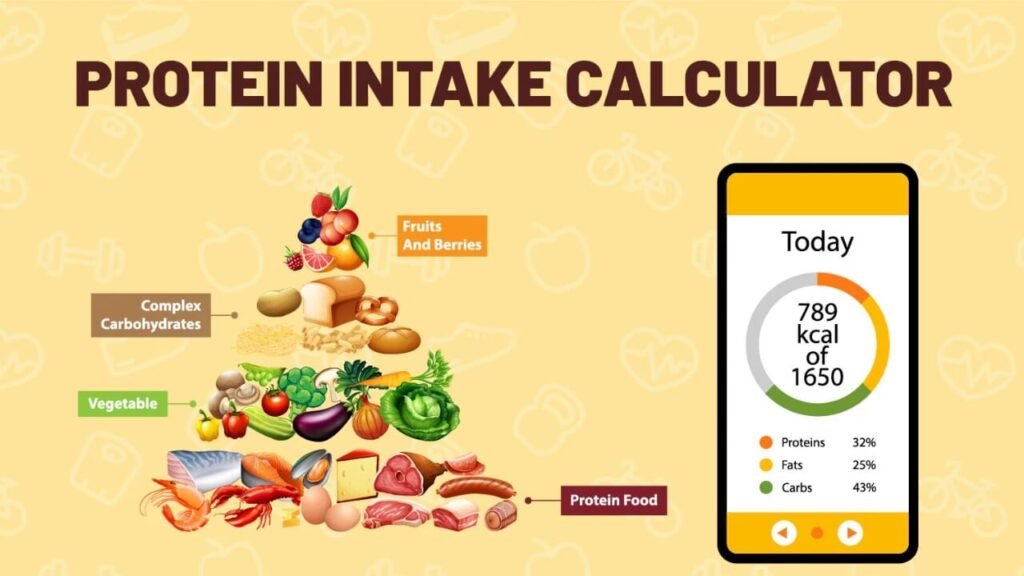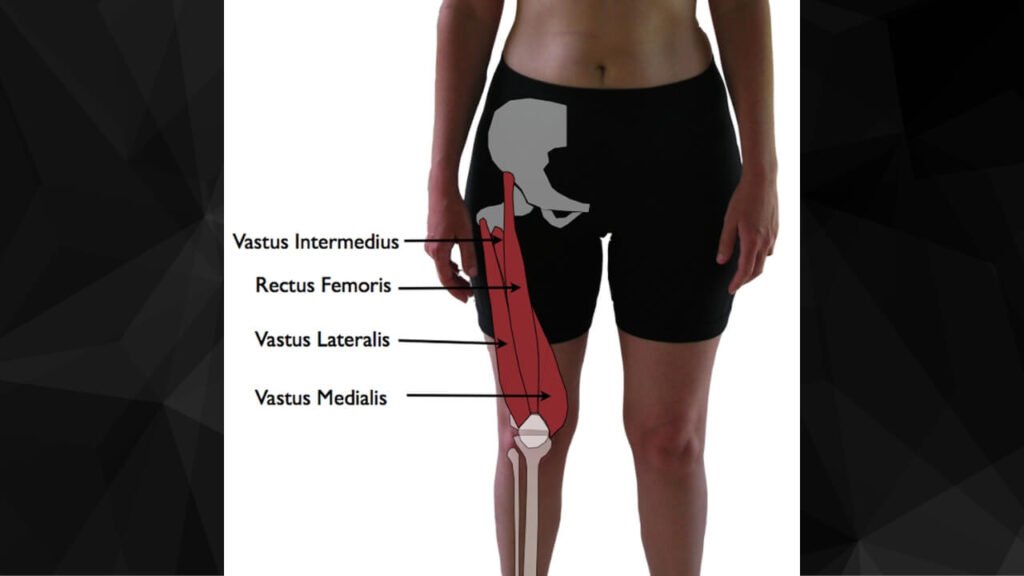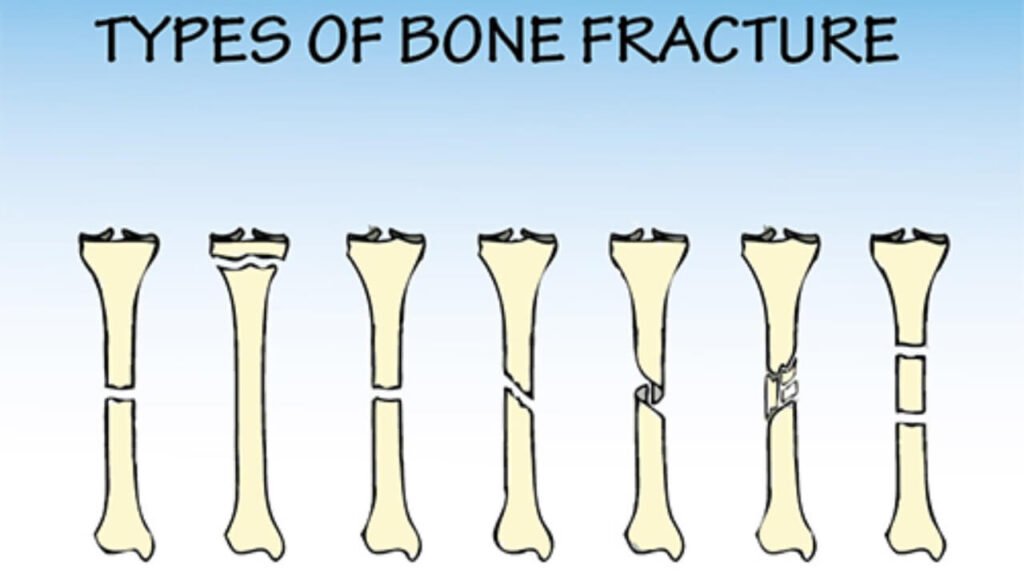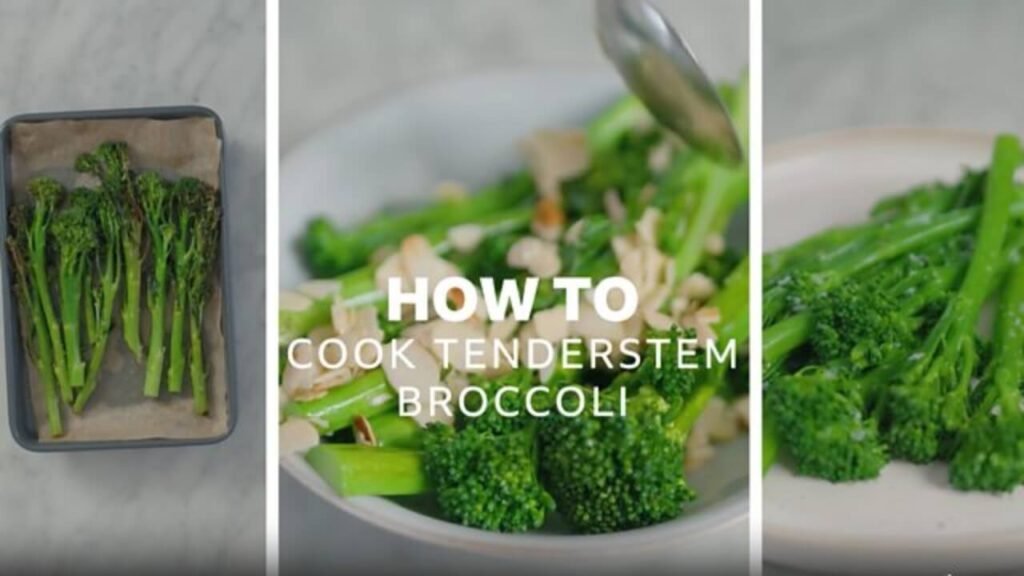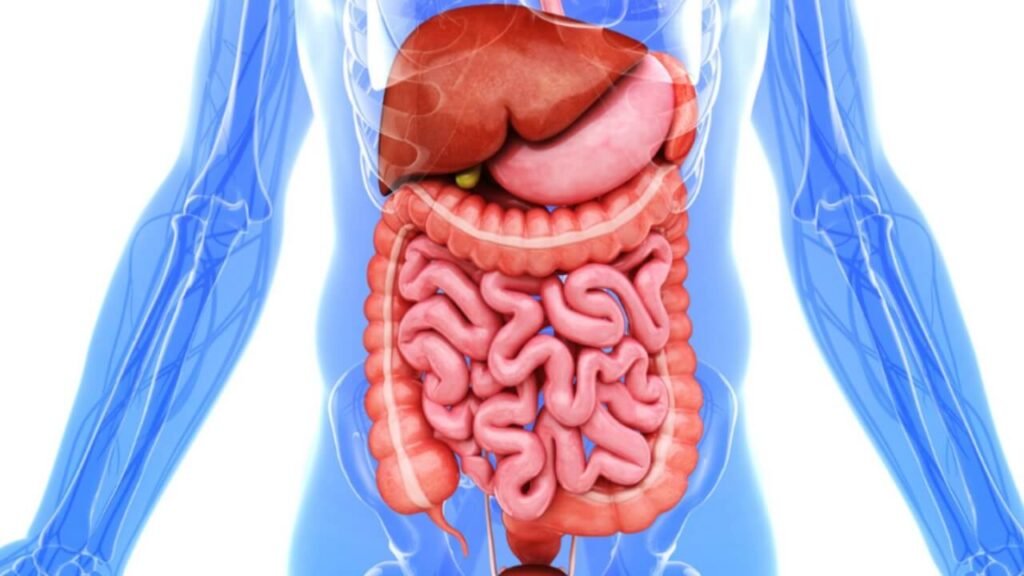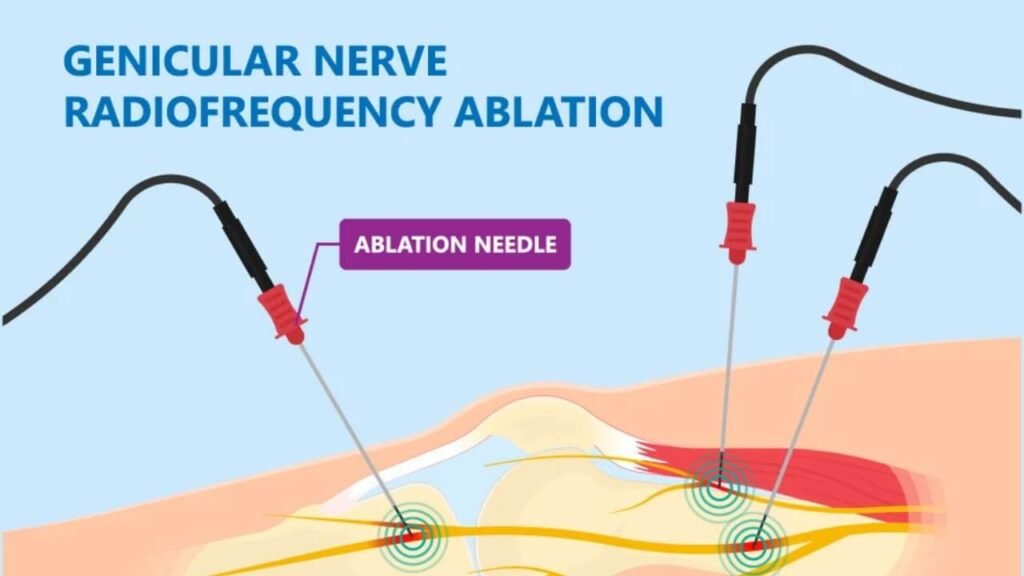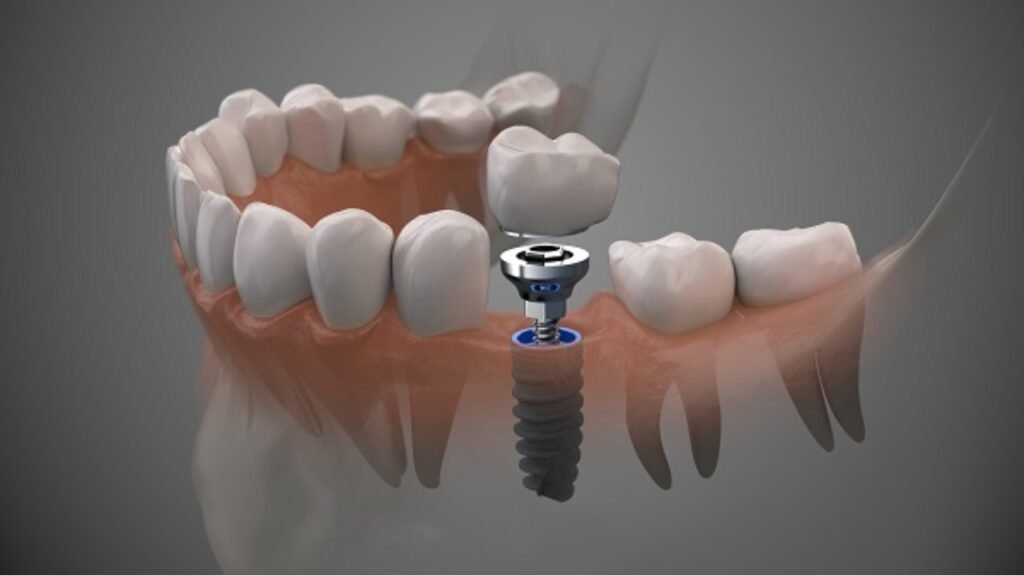Elimination Diet Meal Plan: Discover Hidden Food Triggers Fast

If you’ve been struggling with unexplained digestive issues, food sensitivities, or chronic inflammation, you might have considered trying an elimination diet meal plan. An elimination diet meal plan is an effective approach to identify food triggers by systematically removing and then reintroducing certain foods. For many Americans facing dietary confusion and food intolerances, this method provides clarity and relief. In this article, we will explore the ins and outs of elimination diets, provide practical tips for creating your meal plan, and discuss scientific evidence supporting this approach. Whether you’re new to elimination diets or looking to refine your process, this guide will offer valuable insights to help you take control of your health.
Understanding the Elimination Diet Meal Plan
An elimination diet is a structured eating plan designed to pinpoint foods that may be causing adverse reactions. Unlike fad diets or quick fixes, this approach is grounded in scientific principles and personalized nutrition. The basic premise involves removing common allergens or irritants from your diet for a period—usually two to six weeks—and then slowly reintroducing them one at a time to observe your body’s response.
This process requires commitment and attention to detail, but it can be life-changing. The typical foods eliminated include dairy, gluten, soy, eggs, nuts, and certain fruits or vegetables that often cause sensitivities. After the elimination phase, reintroduction helps identify which foods are problematic and which are safe to consume regularly.
Why Choose an Elimination Diet?
Food-related sensitivities are surprisingly common in the United States. According to a 2020 study published in Nutrients, non-celiac gluten sensitivity affects roughly 6% of the population, while lactose intolerance impacts nearly 65% of adults worldwide (Sapone et al., 2020). Many individuals unknowingly consume foods that contribute to digestive distress, fatigue, headaches, or skin issues, reducing their overall quality of life.
An elimination diet meal plan provides a systematic way to discover these hidden triggers.
“Elimination diets offer a window into the body’s immune system and gut health by revealing hidden food sensitivities. This approach can significantly reduce inflammation and improve symptoms related to autoimmune and digestive disorders.”
— Dr. Susan Blum, functional medicine expert (Blum, 2017).
By eliminating potential irritants, you give your gut a chance to heal, helping to restore balance to your microbiome and immune function. This diet also empowers individuals to make informed choices about their food, rather than guessing or relying on trial and error.
How to Create an Effective EliminationDiet Meal Plan
Creating a successful elimination diet meal plan involves careful planning and a commitment to nutritional balance. Here are the essential steps to get started:
Step 1: Identify Common Food Offenders
Begin by removing common allergenic foods such as dairy, gluten, soy, eggs, peanuts, tree nuts, shellfish, and processed foods with additives. Many elimination diets also exclude caffeine, alcohol, and nightshade vegetables like tomatoes and peppers because these can cause sensitivities for some people.
Step 2: Plan Balanced Meals During the Elimination Phase
During the elimination period, focus on nutrient-dense whole foods that are less likely to cause reactions. These include lean proteins (like turkey, chicken, and fish), fruits, non-starchy vegetables, healthy fats (such as avocado and olive oil), and gluten-free grains like quinoa and rice. It’s vital to maintain a balanced intake to prevent nutritional deficiencies.
Step 3: Keep a Detailed Food and Symptom Diary
Track everything you eat and any symptoms you experience daily. This diary becomes an essential tool during the reintroduction phase to compare your body’s reactions and identify patterns.
Step 4: Reintroduce Foods Methodically
After 3-6 weeks, reintroduce one food at a time every 3-4 days while monitoring symptoms closely. If a food causes adverse reactions, remove it again and wait before testing another. This gradual process helps pinpoint exactly which foods trigger discomfort.
Step 5: Customize Your Long-Term Diet
Based on your findings, create a sustainable meal plan that avoids your triggers but still provides variety and nutrition. Many people find they can reintroduce some foods without issues, allowing for a flexible and enjoyable diet.
Scientific Support for Elimination Diets
Numerous studies validate the effectiveness of elimination diets for managing various conditions. Research published in the Journal of Allergy and Clinical Immunology demonstrates that elimination diets significantly reduce symptoms in patients with food allergies and intolerances (Boyce et al., 2010). Another study focusing on irritable bowel syndrome (IBS) found that a low FODMAP elimination diet led to symptom improvement in up to 75% of participants (Halmos et al., 2014).
The gut-brain axis also plays a role, as inflammation caused by food sensitivities can impact mood and cognitive function. A study in Nutrients highlighted that identifying and removing inflammatory foods improves both gastrointestinal symptoms and mental health outcomes (Simpson et al., 2019). These findings underscore the importance of a well-structured elimination diet meal plan for holistic health benefits.
Common Challenges and How to Overcome Them
While elimination diets are beneficial, they can present challenges. Some people find the restrictive nature difficult to maintain, especially when dining out or managing social situations. Meal planning can feel overwhelming initially, and cravings for eliminated foods might be strong.
To combat these challenges, preparation is key. Batch cooking meals ahead of time, experimenting with new recipes, and seeking support from nutritionists or online communities can make the process more manageable. Also, staying focused on the long-term health improvements helps maintain motivation.
Practical Tips for Success
Incorporating a few practical tips can enhance your elimination diet journey. Use apps or journals to log your meals and symptoms efficiently. Focus on cooking at home to control ingredients and avoid hidden allergens. Hydrate well and prioritize sleep to support your body’s healing. Lastly, listen to your body and be patient; some symptoms may take weeks to improve.
Conclusion: Empowering Your Health Through an Elimination Diet Meal Plan
An elimination diet meal plan is much more than a temporary restriction; it’s a pathway to understanding your body’s unique needs and healing from within. For Americans grappling with digestive troubles or unexplained health symptoms, this approach offers a scientific and personalized method to reclaim wellness.
By methodically removing and reintroducing foods, you not only uncover hidden sensitivities but also foster a healthier relationship with food. The journey requires dedication but yields rewards in improved energy, reduced inflammation, and greater confidence in dietary choices.
Ultimately, the elimination diet meal plan aligns perfectly with the growing emphasis on evidence-based, individualized nutrition. If you’re ready to take control of your health, this strategy provides a solid foundation supported by expert insights and scientific research. With thoughtful planning and persistence, you can transform your diet—and your life.



